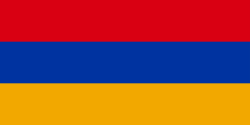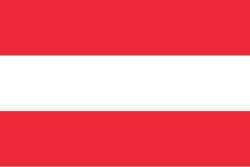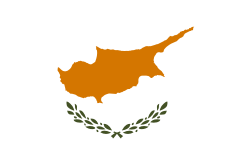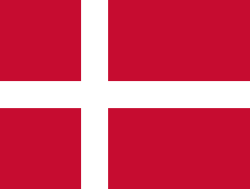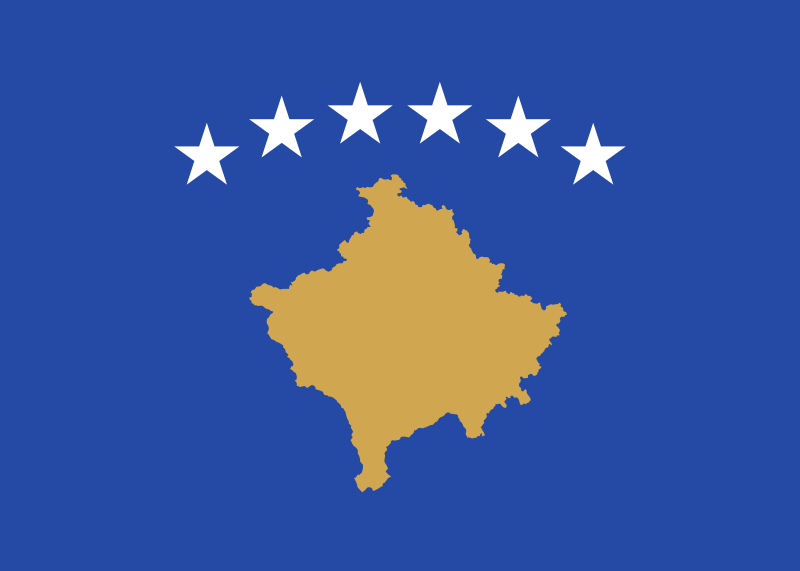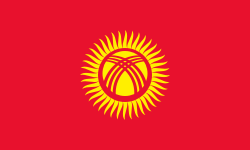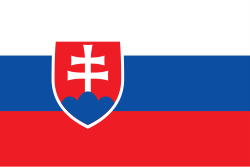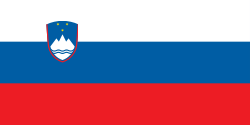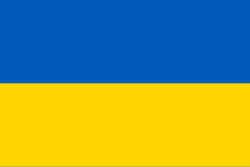General Information
Population
Immigration
Emigration
Working-age population
Unemployment rate
GDP
Refugees, Asylum seekers, IDPs
Citizenship
Territory
Migration Authorities
Responsible Body
Line Ministries
Agencies
Key Policy Documents
2025 - Amendment to the Act on Granting Protection to Foreigners on the Territory of the Republic of Poland
2024 - Comprehensive and Responsible Migration Strategy for 2025-2030
2022 - Act on assistance to citizens of Ukraine
2020 - Chapter 5 of the Polish Act on Social Assistance
2013 - Act on foreigners of 12 December 2013
2012 - Act on Polish Citizenship
2004 - Act of 20 April 2004 on promotion of employment and on labour market institutions
2003 - Act on granting protection to foreigners within the territory of the Republic of Poland
2000 - Act of Repatriation
Description
Poland has long been one of Europe’s major migrant-sending countries. However, migration dynamics have shifted markedly transforming Poland into a country of immigration, with a recorded net inflow of 9,300 migrants in 2024. Despite positive net migration since 2020, it has not been sufficient to offset the country’s demographic decline. Poland’s population has declined from 38,512,000 in 2011, down to 37,392,000 in July 2025, and is projected to continue falling to 32,9 million people by 2060.
The Polish diaspora is among the largest globally and the most significant within the Prague Process. According to UN DESA, 4,572,613 Polish citizens lived abroad in 2024, with notable Polish communities found in Germany (over 1,8 million), the UK (over 900,000), the US (close to 400,000) and Canada (over 200,000). According to Statistics Poland, 1,555,000 Poles were temporarily residing abroad in 2023: 440,000 in the UK, 436,000 in Germany, 128,000 in the Netherlands, 80,000 in Norway, and 68,000 in Ireland. Employment opportunities, higher salaries, and access to more generous social benefits remain the main drivers of emigration. Many of the Poles abroad work as IT specialists, healthcare and service sector workers, as well as in manufacturing, construction and logistics. Emigration from Poland reached its peak of 276,000 in 2013, steadily declining thereafter to 194,063 in 2023. The resilience of the Polish economy has contributed to this trend.
According to UN DESA, the stock of immigrants in Poland stood at 1,739,901 immigrants in 2024. The largest migrant communities originate from Ukraine (over 1,1 million), the UK (close to 185,000), and Germany (over 87,000). Since 2014, immigration to Poland has risen from an average 200,000 persons per year recorded in 2014-2020 to 303,275 persons in 2023. Polish national statistics reflects a similar upward trend in immigration for permanent residence, which grew from 13,000 in 2020 to 19,500 in 2024, with the top three nationalities being Ukrainians (over 5,000 in 2024), the UK (2,600), Belarus and Germany (close to 2,500 each). Immigration to Poland also features the flow of people of Polish descent returning to their homeland based on the provisions of the Act of Repatriation of November 2000. Repatriation concerns persons who reside permanently in the territory of Armenia, Azerbaijan, Georgia, Kazakhstan, Kyrgyzstan, Tajikistan, Turkmenistan, Uzbekistan as well as the Asian part of Russia. From 2001 to the end of 2023, 9,600 repatriation visas had been issued, along with nearly 600 family-member visas.
In 2023, 105,404 students from 179 countries were studying in Poland. Foreign students made up 8.61 % of the total student population. Europeans made up 72% of this number and the largest, dominant group at Polish universities has been students from Ukraine and Belarus. In the 2022/23 academic year, 48,056 Ukrainians and 12,014 Belarusians were studying in Poland.
In 2024, Poland issued 488,848 first residence permits to non-EU nationals, a decrease from the 642,789 permits issued in 2023, and the lowest figure recorded in the past decade. Of these, 69% were issued for employment, 21% for other reasons, and the remainder for education and family reasons in nearly equal shares. The top non-EU countries whose citizens received first residence permit in Poland in 2024 were Ukraine (226,184), Belarus (151,116), Georgia (12,250), India (10,358) and Türkiye (9,673).
The Ukrainian labour force makes a sizable contribution to the Polish economy. The number of Ukrainian labour migrants grew steadily since 2014 until 2021, when the number of first permits for employment issued to Ukrainians reached 666,295. The number saw a triple drop following Russia’s invasion of Ukraine in 2022. In 2024, Ukrainians received only 185,476 first permits for employment in Poland. However, given over one million of Ukrainians currently residing in Poland under temporary protection (TP), they remain the largest group of migrant workers in the country, followed by Belarusians. In early 2025, approximately 78% of adult Ukrainian citizens residing in Poland were employed: 93% among pre-war migrants and 68% among those who arrived after 2022. In 2024, the presence of Ukrainians under TP generated 2.7 % of Poland’s GDP. Ukrainians can also access the Polish labour market based on employers’ declarations (more accessible than work permits) and the so-called Pole’s Card. In the years 2008-2023, Poland granted 381,506 Pole’s Cards (among others: 171,039 to Belarussians, 143,071 to Ukrainians). The number of individuals acquiring Polish citizenship has risen from 6,395 in 2019 to 11,785 in 2023. The majority of these individuals came from Ukraine (around 50%), followed by Belarus and Russia.
In 2024, 17,000 foreigners filed applications for international protection in Poland. The two largest groups of applicants were citizens of Ukraine (7,000) and Belarus (3,900), followed by Russia (985), Somalia (605) and Eritrea (564). The number of asylum applications was 79% higher compared to 2023 and close to the levels of 2015. Over the past decade, nationals of Russia (mostly of Chechen origin), Georgia, Ukraine, Armenia and Syria submitted most asylum applications in Poland. Following the outbreak of the war in Ukraine in 2022, Poland became a major destination among Ukrainians fleeing the war. On 31 August 2025, Poland hosted 995,925 non-EU citizens under temporary protection, accounting for 22.8% of 4.37 million persons who fled Ukraine for the EU. Earlier, in 2022, a survey by Statistics Poland estimated that around 4 million people from Ukraine arrived in Poland, of which around one million remained in the country. The Polish Border Guard recorded roughly 9 million border entries during the same period.
Given the high number of immigrants in the country and the geographical position of Poland, featuring lengthy land borders with Ukraine and Belarus, irregular migration is a consistent issue. 17,001 irregular border crossings were detected in 2024 at the EU Eastern land border, which is a 192% increase from the previous year. The same year, Poland alone accounted for about 20,675 entry refusals for non-EU citizens at its external borders – the highest of any EU Member State. The majority of them were nationals of Ukraine (15,450), Moldova (1,515) and Georgia (975). According to the State Labour Inspectorate, 9,138 inspections were carried out in 2023, during which almost 40,000 foreigners were checked for the legality of their employment. Almost 30% of the inspections found irregularities, mostly due to a lack of the required work permit. The largest group working in breach of regulations were Ukrainian citizens (4,742 persons or 71% of the total number of foreigners working illegally in Poland).
Preventing irregular migration remains a priority for Poland as reaffirmed in the special law adopted in October 2024, which authorised the construction of a 400-km border fence with Belarus equipped with video surveillance. In 2024, 16,065 non-EU nationals were found to be illegally present in Poland, a slight decrease from 16,480 recorded in 2023. The number of non-EU nationals ordered to leave Poland dropped from 29,305 in 2019 to 7,635 in 2022, but then has steadily climbed again to 11,995 in 2024. The number of non-EU nationals returned following an order to leave rose from 870 in 2020 to 8,520 in 2024.
In October 2024, Poland adopted 2025-2030 Migration Strategy “Gaining Back Control - Ensuring Security”, which aims to reassert state control over migration, focusing on national and economic security while implementing selective entry policies based on labour market needs, visa settings and asylum control. Poland has continuously simplified access to its labour market by granting foreign students full access to the Polish labour market under regulations in force since 2015, and introducing new temporary residence permit in July 2022 (with the right to work in Poland) for Belarusians with so-called humanitarian visas.
As of March 2025, an amendment to the Act on Granting Protection to Foreigners on the Territory of the Republic of Poland came into force. Among other changes, it introduces a legal basis for temporarily restricting the right to apply for international protection, with certain exceptions for vulnerable groups of migrants. In December 2022, Poland launched a new Case handling Module launched by the Office for Foreigners. The portal allows the submission of applications for a residence permit, and the filling out of forms in an intuitive wizard, to correctly prepare documents and to obtain information on migration procedures, available in seven languages. Furthermore, changes to the temporary residence and work permit regime have been introduced in June 2025.
Poland is a party to several migration dialogues, including the Prague Process, where Poland is one of four Strategic Group Members.
Relevant Publications

